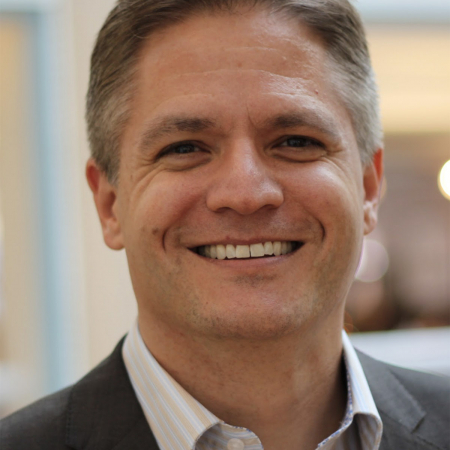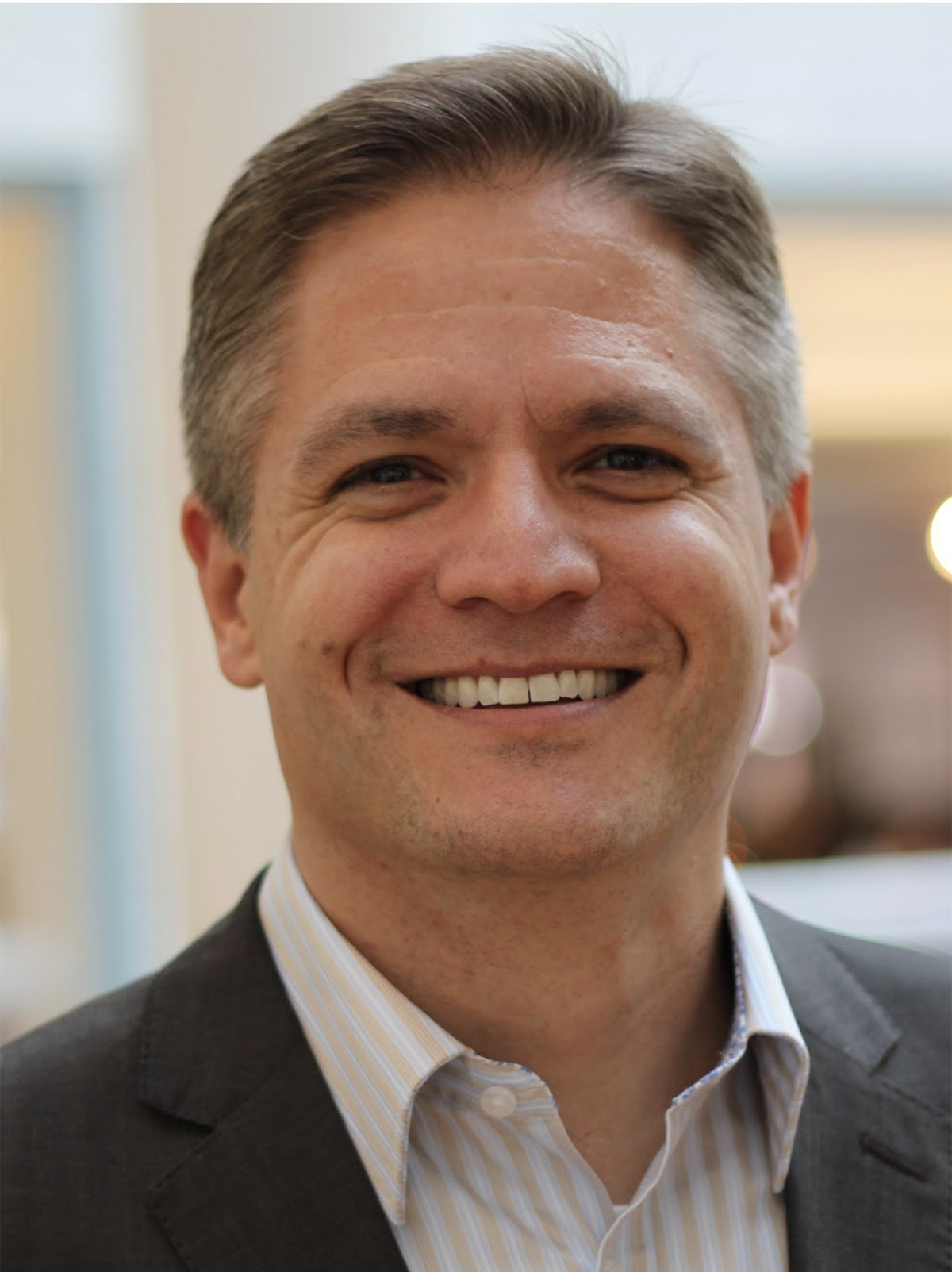April 25, 2023
Ahead of his keynote speech at Pulses 23 in Sydney, Euromonitor’s Matt Tripodi chats to Luke Wilkinson about why pulses are superheroes and how an image change could bring them to growing populations around the globe.



Matt Tripodi is a keynote speaker at the GPC’s Pulses 23 event in Sydney, Australia on May 28-31. Not registered yet? You can do so here.
I'm going to talk about what's happening globally in the pulse industry and about the times we’re living in – the convergence of population, climate change drivers, sustainability, issues in agriculture, and how these things are being addressed around the world.
You’re going to hear me discuss pulses as a 'superhero', and that a big part of what we want to be doing is bringing forward thousands of years of history of pulses – their significance and everything that they have done for the world – while also highlighting the need to move towards something new. We want to bring forward the old, and also give consumers a new perspective on what pulses are.
First of all, international trade is a little bit easier in certain respects – logistics have improved, which has been beneficial, but beyond that there are challenges. Inflation, of course, and in the pulse trade where you're dealing with the US dollar, depending where you are in the world your currency may be bouncing up and down to a degree, and that can be challenging.
The general direction of pulses, however, is that from 2021 to around 2030, we are looking at a 22% increase in volume absorbed globally. Now, that’s not an inconsequential level of growth, but those figures are pegged to things being what I would call, 'business as usual' in terms of how consumers perceive pulses.
If you can change the perception of pulses, we can drive greater opportunity – there's a real opportunity evolving right now in the marketplace, but if we just rely on pulses being pulses and don't embrace the superhero I believe pulses to be, then we’re going to miss an opportunity to grow that number even higher and to drive those volumes up.
A lot of the growth is coming from Africa, Asia, and the Middle East, which is where population growth is occurring alongside local cultural interest in pulses. Beyond that, there are the environmental and sustainability aspects of pulses, like nitrogen fixing as a means to reduce fertilizer use that make them an interesting opportunity.
Getting people to think of pulses in those old and new ways that I mentioned, by promoting an understanding of the pervasiveness, cultural relevance and benefits they have provided for human beings, while bringing in the new reality of what pulses offer in terms of sustainability, innovative/future forward products, health, and on trend shifts in dietary patterns. From a practical perspective, this means crystallizing key messages that reaffirm the old image of pulses, and integrating the evolving present/future for them as an ingredient that is good for the environment and helping to secure a better future for us all.
The industry has an amazing opportunity to get consumers eating more pulses. For instance, if 2.5 billion people are born between now and 2050, that will lead us to a population of 9.7 billion. This means roughly 1 out of every four mouths to feed in the world are not here yet, and most will be born in the Middle East and Asia. We are witnessing the birth of around 25% of the world's future consumers, so reinforcing messaging, driving our relevancy, and further embedding pulses in eating patterns and product innovations becomes especially important.
“The industry has an amazing opportunity to get consumers eating more pulses.”
I believe in not putting all of our eggs in one basket. You can move a lot of volume by working with governments and NGOs, and food aid programs, but does that change the mind of consumers?
For example, in Mexico, where I spoke at the Americas Pulses Congress in December, you can see that in markets where pulses have been consumed for a long time that there has been increased competition from animal proteins. There's this sense that they are giving up the old to adapt to the new.
When you think about shifting dietary patterns, whether we like it or not, processed and ultra processed foods are going to become more of a focus because of the issues some ultra processed foods raise regarding health standards for populations, like rising obesity rates, high blood pressure, high cholesterol – all sorts of things.
When you adopt a ‘westernized’ diet with a high presence of ultra processed foods then these issues become a problem in other markets around the world. Now consumers are saying: "How can I begin to treat myself outside of just taking a pill? – What can I do with my diet?,” and presently, pulses aren't necessarily positioned to address those kinds of topics with global consumers.
The old image they have means that they just don't feel like the new kid on the block, but for many groups around the world the introduction of pulses can be a novel thing – certainly in the ingredient space. Thinking about things like chickpea flour and other pulse flours, that can all be part of the new format to be onboarded and utilized by consumers in different ways.
“The oldest business in the world is international trade, and it continues to this day at arguably the highest levels in history.”
The oldest business in the world is international trade, and it continues to this day at arguably the highest levels in history. The reason for this is that trade makes sense. It also brings into focus that supporting society or creating better markets is dependent on inputs from outside the market itself.
You have this issue of climate change, and exceptional levels of variability around the world. Take California – they had a mega drought, but now they've experienced some significant floods and have been absolutely deluged with rains and snows that have disrupted the production of certain agricultural crops. If we look at China, they had historical record droughts last year — Pakistan had significant flooding. All of this is having a real impact on food production systems.
So, anybody who thinks they are self-sufficient should be thinking: "Hey, great job – but do you really not want to have a backup in case something goes sideways in your market?.” The answer for most markets will be: yes, they do. For that to exist you need to have trade relationships, contacts, and partners out there to keep you engaged in international trade. What I see going forward is just more variability – people aren't necessarily going to be able to predict if a flood is coming their way or if the spigots are going to run dry. In order to offset that instability, you need to have backup plans.
We saw what happened with Ukraine when supplies were disrupted – countries leaning heavily on Ukraine for wheat were instantly thrown into a situation where food scarcity became an issue. I think self-sufficiency is great, but it may not be the best thing over time, as it is unlikely you can be truly self-sufficient in perpetuity.
What it can do is find the connections and gaps in our thinking and in our ability to innovate that have been overlooked. It may help us highlight areas of potential need or direct our attention to things we haven't seen. Sometimes we can't see the wood for the trees, and I think AI will help us navigate the forest.
As a society, AI is going to bring up our average and help us get a B or B+ most of the time, but does it achieve the level of the very top 10% of thought leaders in the world? I'm not so sure. I don’t think it's a replacement for the abilities of those people yet.
We don’t yet know what AI will mean for the global supply chains of the pulse industry, or what it can do for the automatization of production systems, or to help support international trade when climate impacts have an effect on production. There will be models coming up with answers that can make the global system more responsive, and there are a lot of interesting things that can come from this, so keep an eye on it!
Disclaimer: The opinions or views expressed in this publication are those of the authors or quoted persons. They do not purport to reflect the opinions or views of the Global Pulse Confederation or its members.